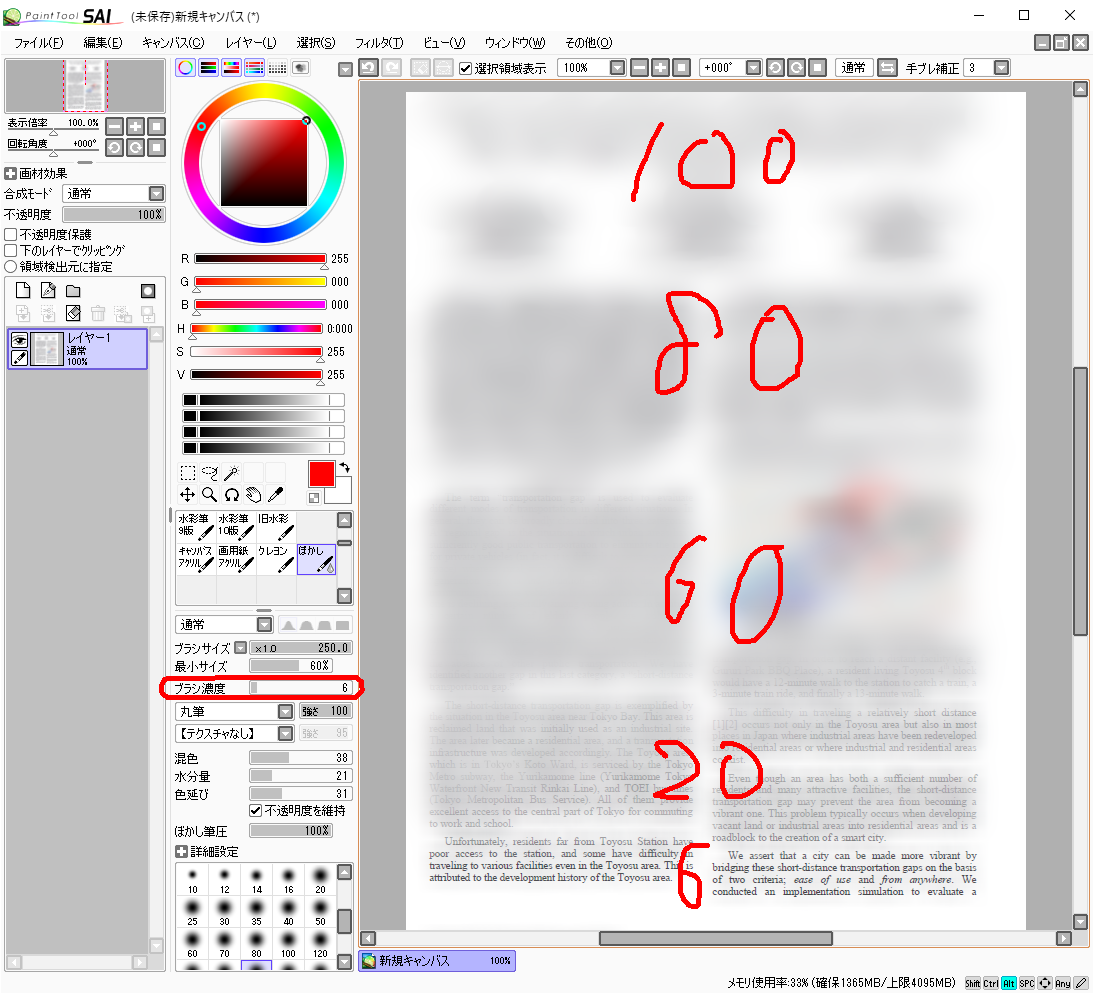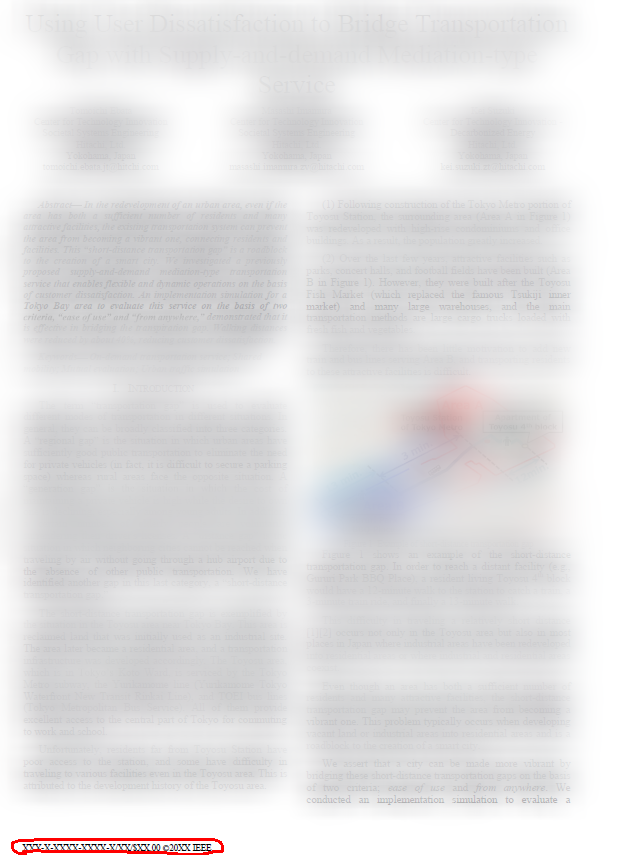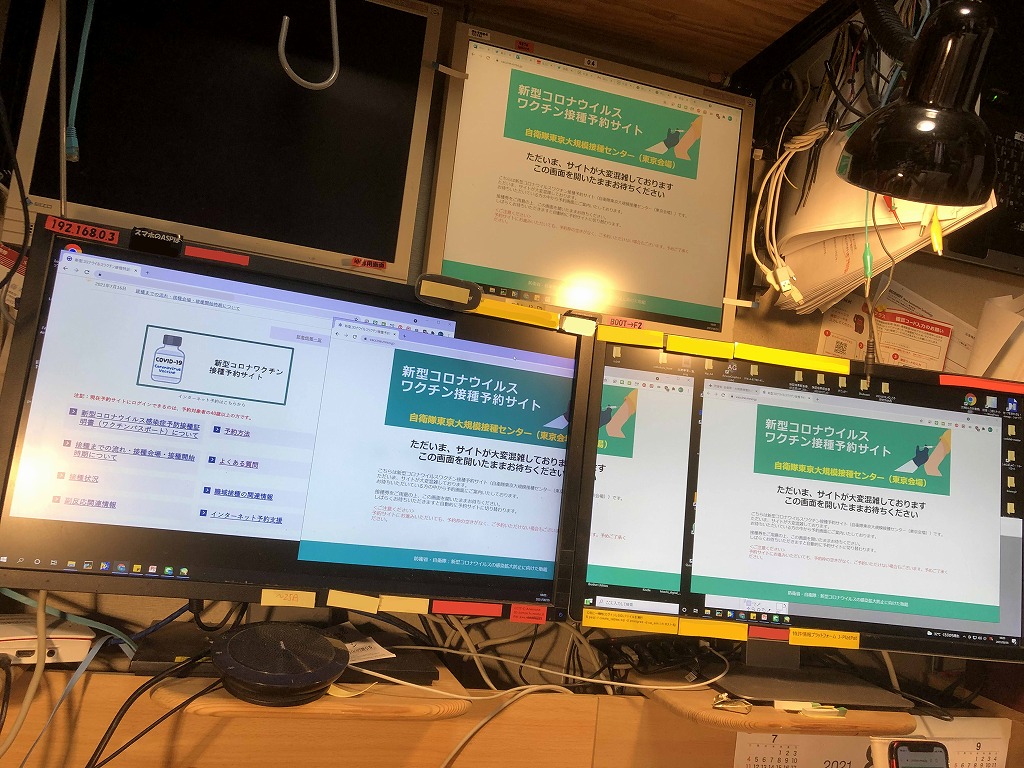今日は、怖い話を一つご披露したいと思います。
Today, I would like to share one of my scary stories with you.
-----
先日、母の退院支援の日帰り帰省をする為に、新幹線に載りました。
The other day, I got on the Shinkansen to go home for a day trip to support my mother's discharge from the hospital.
―― 寒くて凍えそうになりました
"It was so cold and I almost froze"
昔の乗り物、映画館は、本当に凍えそうになるくらいの温度に設定されていて ―― というか、空気循環システムの機能が十分ではなくて ―― 場所によっては、「暑くて仕方がない」というところもあれば「寒くて凍えそう」と場所が、併存していたのです。
In the old days, rides and movie theaters were set to freezing temperatures -- or rather, the air circulation system was not fully functioning -- and some places were "too hot" while others were "too cold".
しかし、近年は、3次元シミュレーションの計算などによって、空気循環方法がかなり発達して、これらの問題はかなり解決されている、と思います。
However, in recent years, with the development of air circulation methods through 3D simulation calculations, I believe that these problems have been solved to a large extent.
なので、この異様な寒さに、私は「???」という気持ちでした。
So, when I felt the unusually cold, I thought to myself with many questions
実際に回りの人達は、寒くて困っているという風ではなかったからです。
In fact, the people around me didn't seem to have any trouble with the cold.
-----
その日、帰りの新幹線に載った時です。
That day, I was on the Shinkansen on my way home.
私は、実家から父の遺品である作業服を引っ張りだして、ナップザックの中に詰め込んでおいたのですが、今度は、
I pulled out my father's work clothes, his belongings, from my parents' house and stuffed them inside my knapsack, however, at thit time,
―― 暑くて、汗が吹き出してきました
"It was so hot, and I was sweating"
で、回りをみると、やはり、そういう風な光景は見られませんでした。
When I looked around, I couldn't see anything like that.
-----
原因は明快。
The cause was clear.
―― 「江端智一」の寒暖調整機能の劣化、または故障
"Deterioration or malfunction of the cold temperature control function of "Tomoichi Ebata""
です。
一昨年くらいから、出社すると、オフィスの空調で、凍えそうになったり、発汗したりと、メチャクチャな反応をするようになってきました。
Since about the year before last, my body has been reacting to the air conditioning in the office in a messed up way, freezing and sweating when I come to work.
また、就寝時のエアコンの設定温度の29度と30度の間に、翌日の体調を支配するような、大きなギャップがあることも分かってきました。
I have also found that there is a huge gap between the 29 and 30 degrees Celsius temperature setting of the air conditioner at bedtime, which dominates our physical condition the next day.
熱帯夜の日に、エアコンなしの方が『暖かくて気持ちがいい』とリラックスして体を休める日もあれば、雨天時の夜に、エアコンありでも、『暑くて目が覚める』という日もあり、
There are days when I can relax and rest without air conditioning on a tropical night, feeling, "It's nice and warm," and there are days when I can wake up with air conditioning on a rainy night, feeling , "It's too hot".
This situation was that,
―― 「江端智一」という被制御対象の取り扱いを、「江端智一」自身が制御できなくなりつつある
"Tomoichi Ebata" himself is losing control over the handling of the subject he controls"
という状況です。
-----
今は亡き父が、熱帯夜に、エアコンを付けないで就寝するのことを、姉と私は本当に心配していました。
My sister and I were really worried about our late father going to bed without air conditioning on tropical nights.
晩年の父には、『とにかく夜にはエアコンを付けるように』と、可能な限り努めていました。
We tried as much as we could to tell my father in his later years to 'turn on the air conditioner at night anyway'.
しかし、あれ、もしかしたら、
However, I come to think that
―― 父を、凍えさせていたのかもしれない
"The air conditioner may have been freezing my father out"
と思い始めています。
あの時の私は、父を『エアコンで"虐待"していたのではないか』とさえ思うのです。
At that time, I even think that my father was being "abused" by the air conditioner.
今回の『新幹線の中の寒さ』を思い出すにつれて。
As I remembered the "cold in the Shinkansen" this time.
-----
この問題、ぶっちゃけ、滅茶苦茶に難しいです。
This problem is, frankly, insanely difficult.
確かに、エアコンを適正に使うことができなかった父に対して、"熱中症"を心配していた、姉と私の振舞いが間違っていたとは思ってはいません。
I certainly don't think that my sister and I were wrong to be worried about "heat stroke" when my father couldn't use the air conditioner properly.
しかし、エアコンの設定温度"31度"(いいですか。"31度"ですよ)を、その日によって"寒すぎる"とも"暑すぎる"とも、両方を感じるようになった私は、なにが『正解』が分からなくなってきています。
However, I have come to feel that the air conditioner setting of 31 degrees Celsius (Listen to me! , it is "31" degrees Celsius) is either too cold or too hot, depending on the day, and I don't know what the "right" answer is anymore.
-----
以前にもお話しましたが、人間の死に方には2種類しかありません。
As I have told you before, there are only two ways for a human being to die.
(1)認知症を発症する前に死ぬか、(2)認知症を発症した後に死ぬか、です。
(1) you can die before you develop dementia or (2) you can die after you develop dementia.
そして、多くの人が(2)になります。
And many people will be (2).
(2)の人は、エアコンの操作ができなくなり、他の人にエアコンの操作を任せなければならなくなります。
The person in (2) will not be able to operate the air conditioner, and they will not be able to operate the air conditioner and will have to leave it to someone else to operate.
とすれば、近い未来、私には、『寒さに凍える夏』を、それを誰にも語れないままに、過さなければならない人生が待っていることになります。
This means that in the near future, I will have to spend my life in a "freezing summer" without being able to tell anyone about it.
-----
どうです、この恐怖。
What do you think, this horror?
そこらの怪談より、よっぽど怖いでしょう。
It's a lot scarier than those ghost stories.
でもですね、こちらは、フィクションではなくて、現実の話なんです。
However, listen to me. This is not a fictional story, but a real one.




